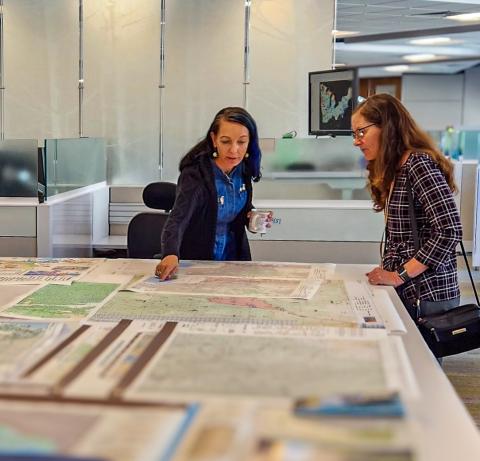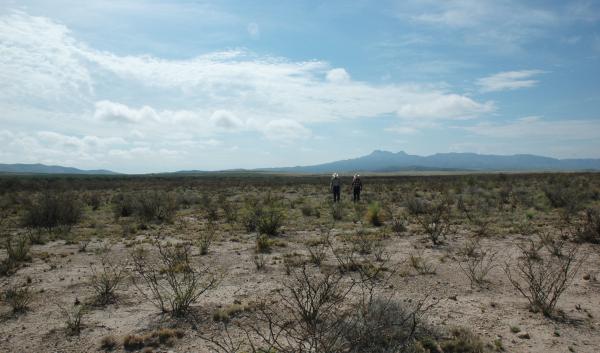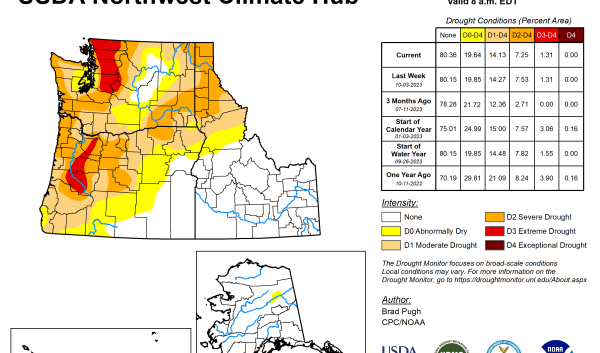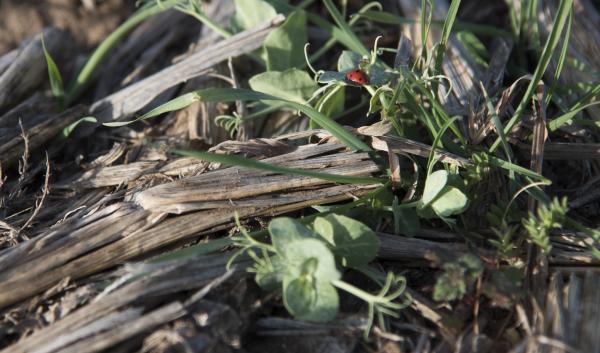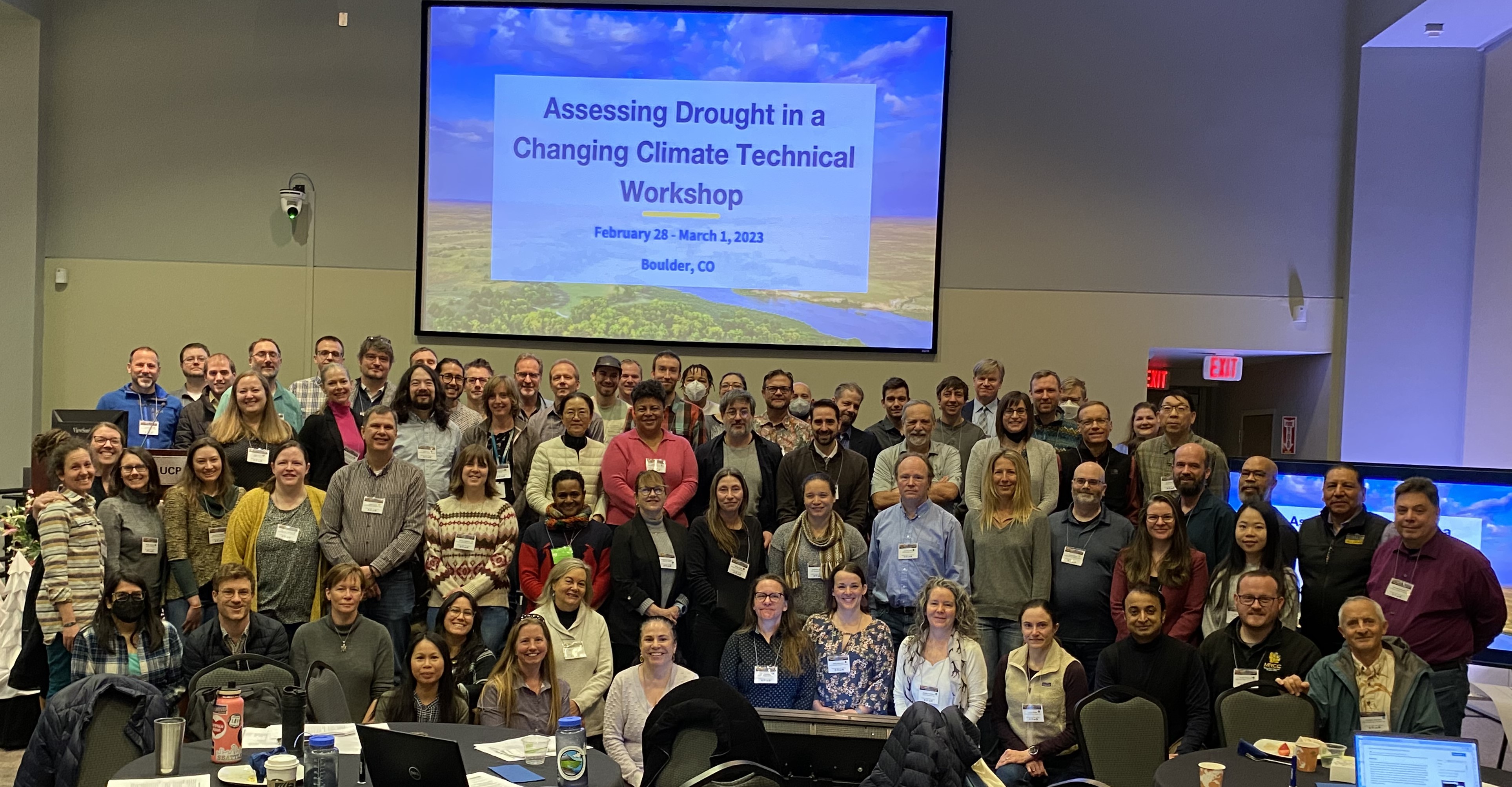
Climate change is complicating how we understand drought because the probability of extreme weather events is changing. As the climate changes, it is harder to determine natural variability in the climate system from more permanent changes due to anthropogenic climate change.
Drought is abnormally dry weather that exists long enough to cause impacts. Drought is specific to a location and time. For example, drought conditions in one location in early spring may be normal conditions for another location or time of year. Drought assessments provide a snapshot of the severity and extent of a drought at a location. These assessments support communities in preparing for, mitigating, and responding to drought. Changes in climate are making drought assessment more difficult.
A technical meeting was convened to help ensure that communities have access to the best available information to manage drought risk. NOAA’s National Integrated Drought Information System (NIDIS) and USDA Climate Hubs co-hosted a webinar and technical meeting on 28 February – 1 March 2023. At this meeting, scientists, decision-makers, and practitioners were asked to address an overarching question: “What approaches should be taken to better incorporate a changing climate (non-stationarity) into drought assessment?” The two-day meeting identified priority actions and outstanding research questions that would continue to advance drought assessment in a changing climate.
A product of this meeting is a report that captures the large volume of ideas and feedback from more than 100 subject-matter experts from more than 44 institutions. The report highlights priority actions and research questions across 15 focus areas to improve drought assessment and address gaps identified by the research and practitioner community. These focus areas are presented individually, though collaborations across these areas is required for progress on these topics. This meeting focused on better understanding and assessing drought, and these ideas were captured along with those related to planning, governance, and communication considerations.
Focus areas:
- Learning with indigenous communities
- Benchmarking our understanding and assessment of drought in a changing climate
- Ensuring equity in drought monitoring and assessment
- Evaluating data relevance, fidelity, integration, metadata and new technologies
- Determining the physical drivers of drought and how they are changing
- Understanding drivers of aridification and their interactions with drought
- Addressing regional differences in non-stationarity
- Improving drought indicator performance
- Using precipitation effectiveness more broadly to capture rainfall variability
- Quantifying water demand in a changing climate
- Evaluating drought impacts and how they are changing
- Assessing drought in terms of risk
- Assessing policy through the lens of non-stationarity
- Strengthening planning, management, and adaptation
- Improving communication and collaborative knowledge exchange
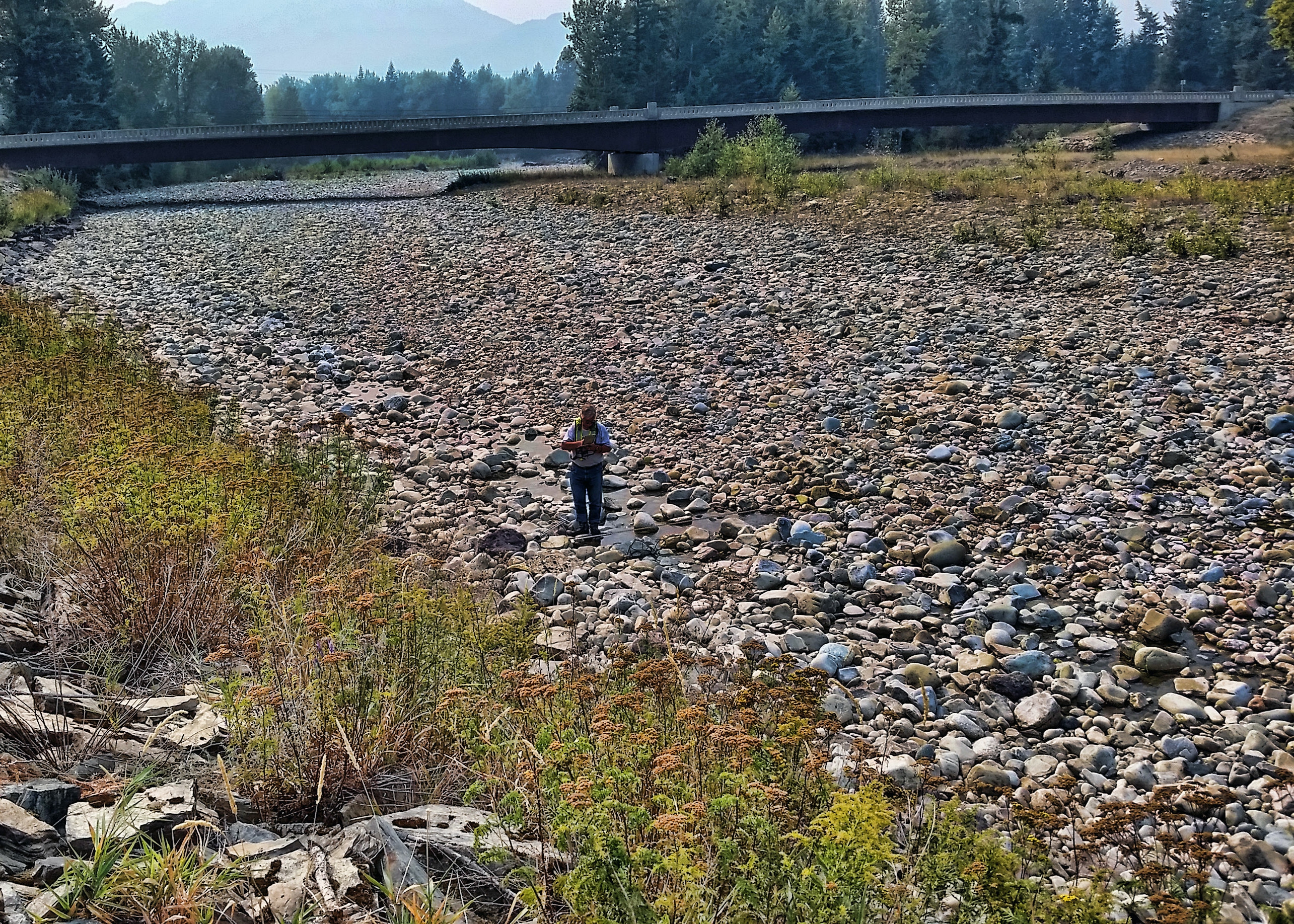
During this workshop, chronic issues emerged that hinder our Nation’s efforts to assess drought and its impacts equitably and adequately. These include gaps in drought monitoring and assessment and under-resourced observation and monitoring networks. Unfortunately, climate change may exacerbate these issues.
This report offers a collection of ideas for actions and research that various organization could pursue. The intent of the report is to illuminate current and future needs to best account for a changing climate in our drought assessment practices.
-
Drought Assessment in a Changing Climate
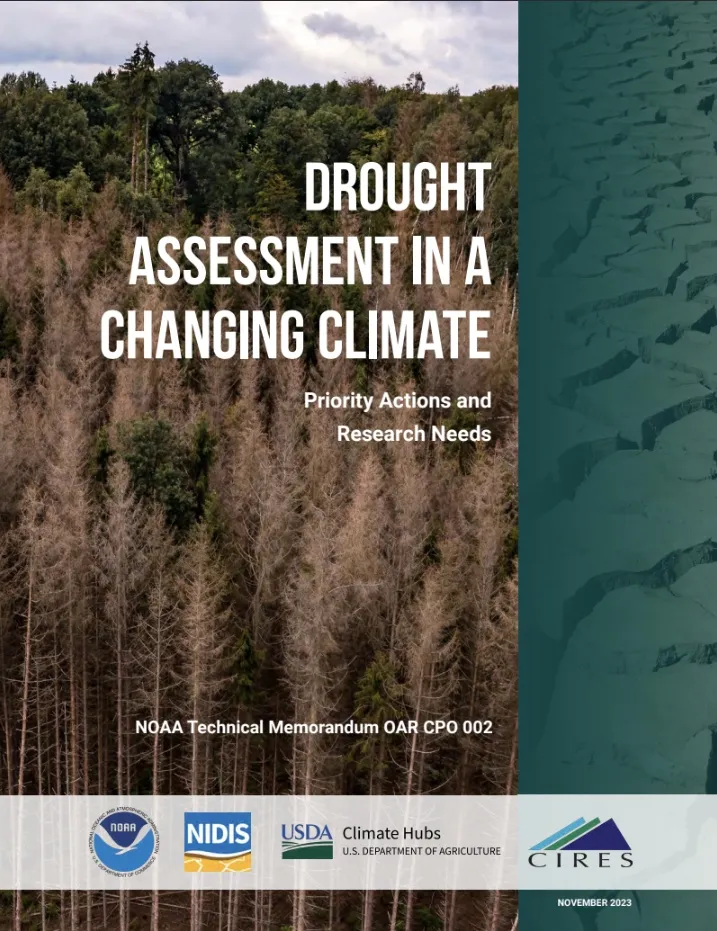
-
Focus Areas for Improving Drought Assessment
